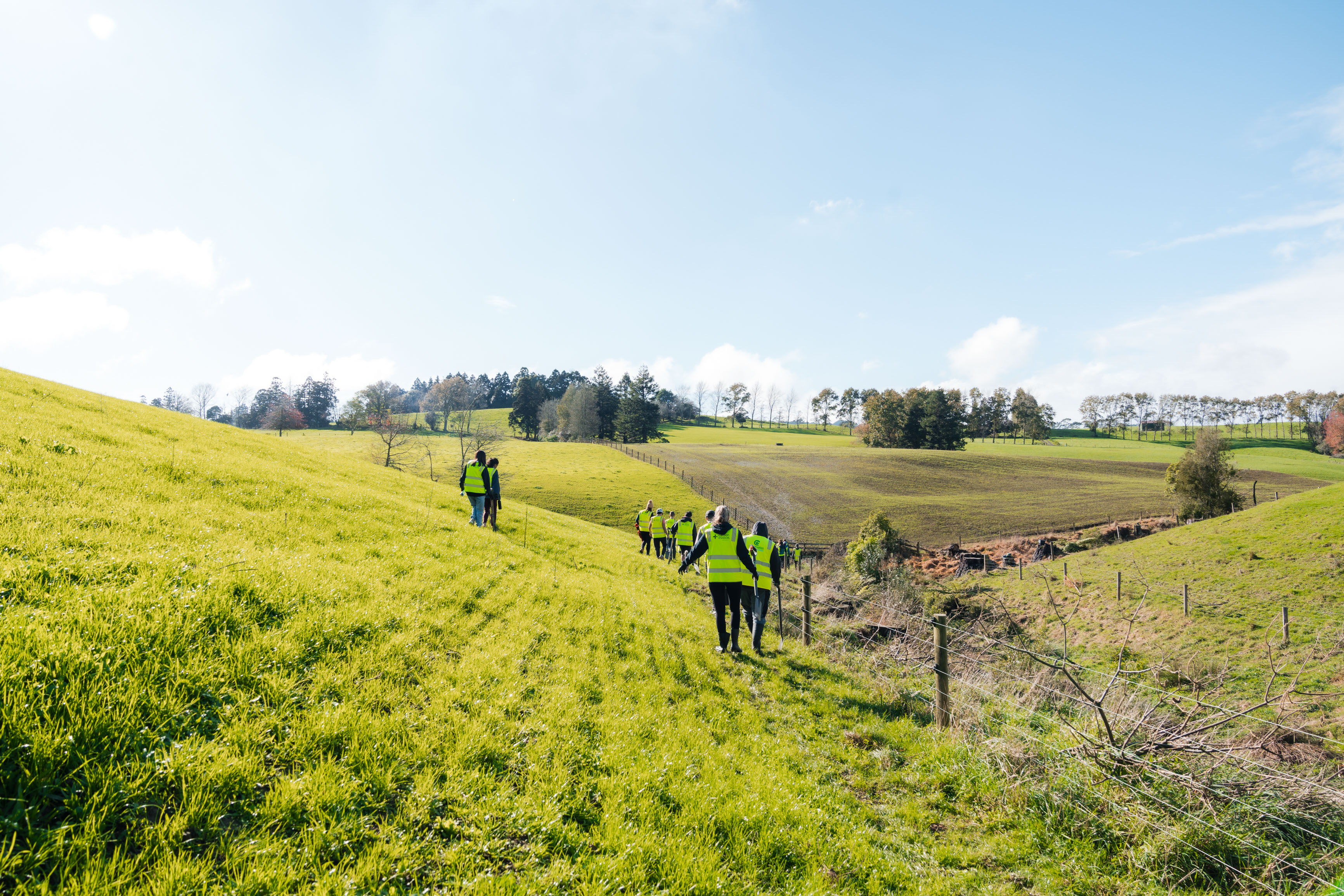Why traditional Carbon Accounting solutions aren’t working anymore


If you've tried measuring your carbon footprint recently, you know the frustration: complex spreadsheets taking weeks to complete, consultants charging thousands for outdated reports or software requiring dedicated teams. The issue isn't that SMEs don't want to manage their carbon footprint – it's that traditional solutions were never designed for modern SMEs.
Traditional carbon accounting solutions have been designed for large corporations, not for small and medium businesses. And while sustainability requirements are becoming more common across procurement and client expectations, traditional tools remain stuck in the past and not made for SMEs.
These are some of the struggles SMEs have when faced with traditional methods:
Stevo O'Rourke explains:
"As a small company, it's hard to figure out our carbon impact. If I tried to assess it myself, it wouldn't happen. Hiring an organisation for this would cost a lot of money."
Traditional solutions require extensive manual data collection: gathering receipts, categorising expenses, tracking travel, measuring energy consumption, and inputting dozens of activity types into complex systems. Did you get tired from reading the list? It is even more tiring actually doing it. Most businesses struggle to collect complete data, leading to incomplete carbon footprints that underestimate actual emissions.
Chris Morgan experienced this:
"Before using CarbonInvoice, managing our carbon footprint felt overwhelming and time-consuming."
Traditional solutions deliver point-in-time assessments that are outdated as soon as your business changes. Quarterly consultant reports or annual assessments mean you're always looking at old data, not managing current impact.
Dennis Aitken describes the challenge:
"For a small business like us, measuring our carbon emissions seemed almost too big a job to take on."
Procurement requirements that used to be nice-to-have are now mandatory for government contracts and increasingly common in private sector deals. Businesses without carbon management are being excluded from opportunities.
Blair Hesp explains:
"That's increasingly important when some of our big clients are demanding that their suppliers reduce emissions as part of their contracts."
Clients also expect real-time transparency, not annual sustainability reports. They want ongoing visibility into your environmental impact.
Deborah Fairbrother experienced this urgency:
"Recently, we received a request from a client for a report on the emissions associated with our services. CarbonInvoice was able to provide the data promptly and efficiently."
Manual carbon accounting becomes exponentially more complex as businesses grow. More transactions, categories, and data to process. What's manageable for small businesses becomes overwhelming at scale. Accuracy decreases as complexity increases because there's too much data to track correctly.
Carey Church experienced this:
"Have moved to CarbonInvoice from a far more admin heavy programme, thrilled with the ease of use and the built in assumptions, don't have to manually adjust for transferring money between accounts any longer!"
Traditional software approaches operate in isolation from your existing business systems. They don't connect to your accounting software, meaning you're forced to manually extract data. For example, if you use Xero,
The worst part? Results sit in separate reports that have no connection to your client communications. You get a carbon footprint document that lives in isolation, requiring separate marketing efforts to communicate your sustainability story. This disconnection creates massive inefficiencies. Traditional carbon accounting becomes another administrative burden rather than a natural part of business operations, explaining why so many businesses abandon their carbon action efforts after initial attempts.
Must have list:
Traditional carbon accounting solutions aren't just inadequate, they're actively preventing businesses from demonstrating environmental responsibility. The complexity, cost, and disconnection from operations make them unsuitable for modern SME requirements. Modern businesses need modern solutions that work with existing operations, not against them. Stop struggling with outdated approaches designed for a different era.
Measure and act effortlessly in 3 minutes
